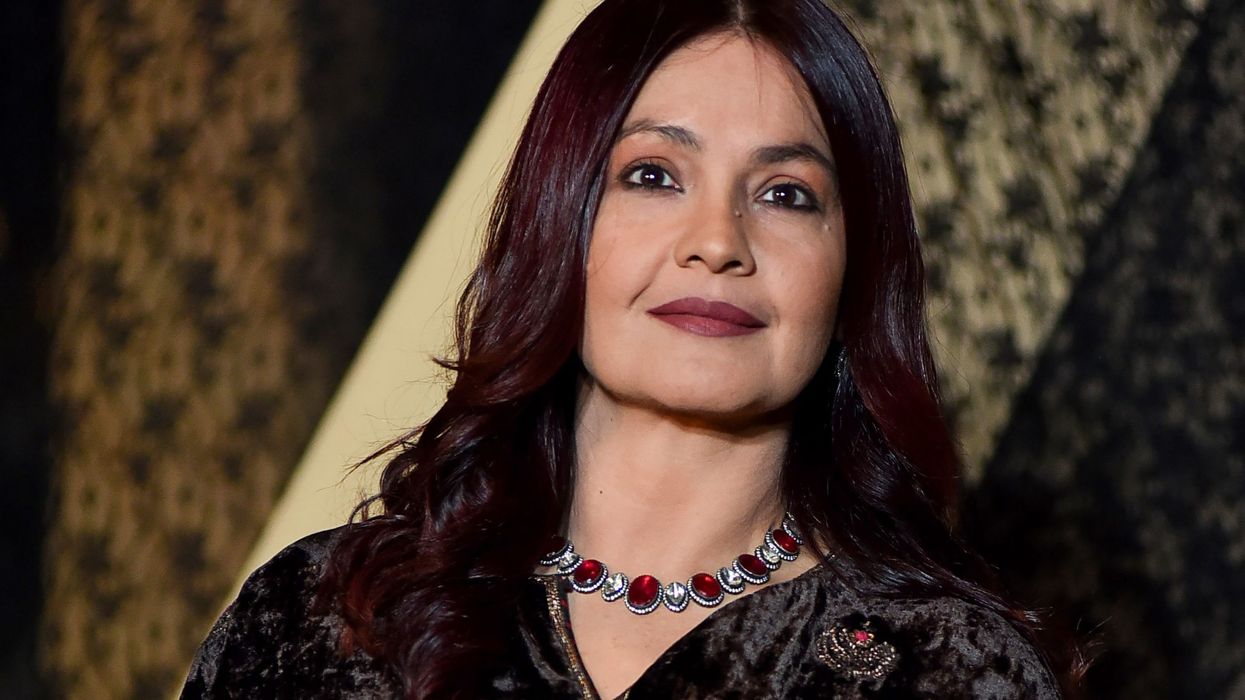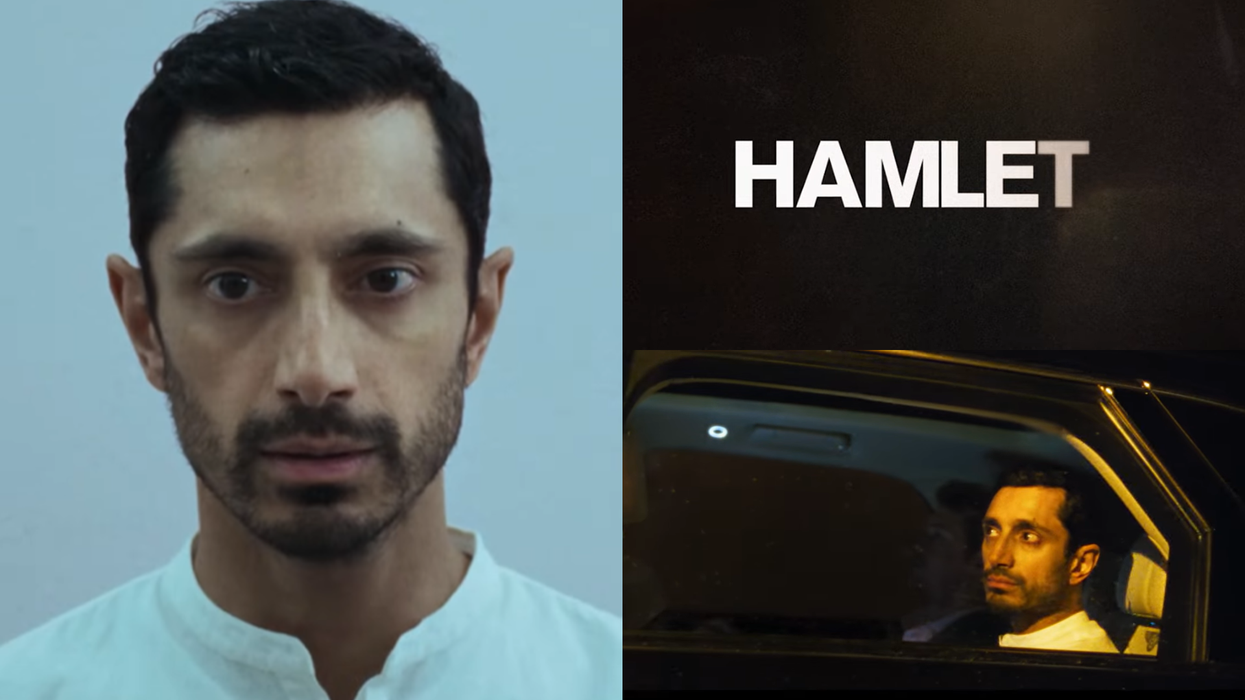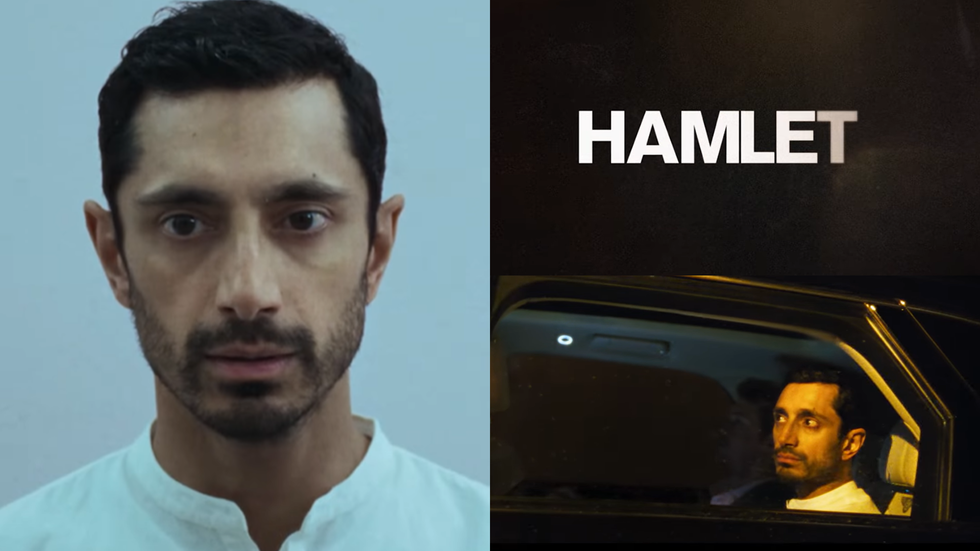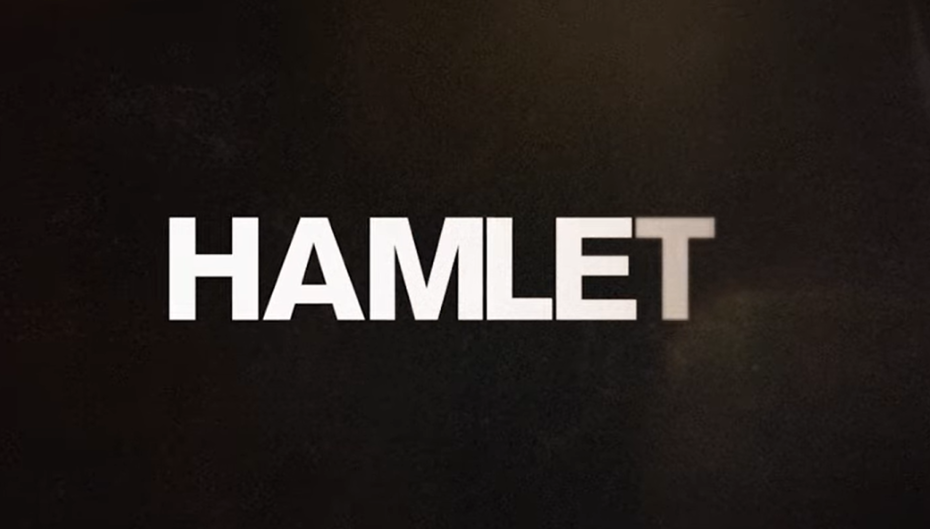By: Mohnish Singh
Pooja Bhatt, who starred in several successful films back in the 90s such as Dil Hai Ki Manta Nahi (1991), Sadak (1991), Border (1997), and Zakhm (1998), is set to make her digital debut with Netflix’s upcoming streaming show Bombay Begums.
Written and directed by Alankrita Shrivastava, Bombay Begums traces the lives of five ambitious women from different walks of life as they navigate their dreams, desires, and disappointments in modern-day Mumbai.
The team is presently busy promoting the show ahead of its grand premiere on March 8, coinciding with International Women’s Day. While promoting the show, Pooja Bhatt shared her thoughts on the recently announced streaming media regulations in India.
“Regulations are not new to us; we have been dealing with regulations all our lives. In the end, I think, it is the intention of the filmmaker that is communicated to anyone who is regulating you. I have always had a regulator or a censor board in my own heart and head, whatever seemed right to me I put out there, and I am ready to fight to the last breath for. I think strife and regulations actually instigate us to give that much more and come up with new ways to tell our tale. I think it is going to take a lot more than regulations to stop us from telling our stories the way we want to,” said the actress.
Talking about Bombay Begums, director Alankrita Shrivastava had earlier said, “It is the story of glass ceilings shattered, and also of the hearts broken in the process. I have tried to create a world that reflects the realities of urban working women.”
In addition to Pooja Bhatt, Bombay Begums also features Shahana Goswami, Amruta Subhash, Plabita Borthakur, Nauheed Cyrusi, Aadhya Anand, Rahul Bose, Imaad Shah, and Danish Husain on its ensemble cast.
The show is set to premiere on 8th March on Netflix.






 Riz Ahmed\u2019s Hamlet trailer exposes a South Asian family empire in crisis Youtube Screengrabs/Universal Pictures UK
Riz Ahmed\u2019s Hamlet trailer exposes a South Asian family empire in crisis Youtube Screengrabs/Universal Pictures UK  Riz Ahmed\u2019s Hamlet trailer exposes a South Asian family empire in crisis Youtube Screengrabs/Universal Pictures UK
Riz Ahmed\u2019s Hamlet trailer exposes a South Asian family empire in crisis Youtube Screengrabs/Universal Pictures UK 






